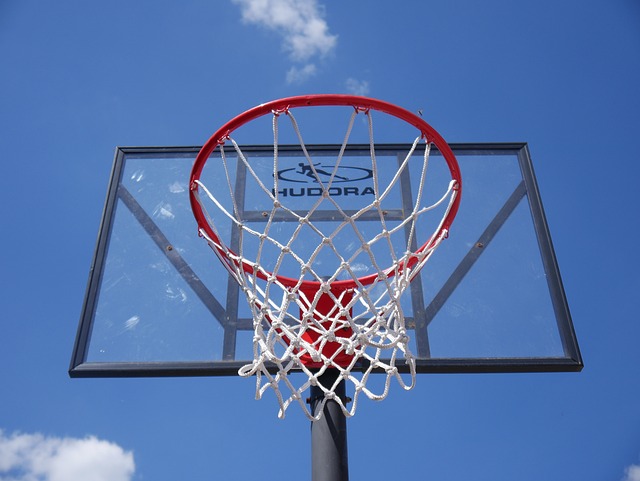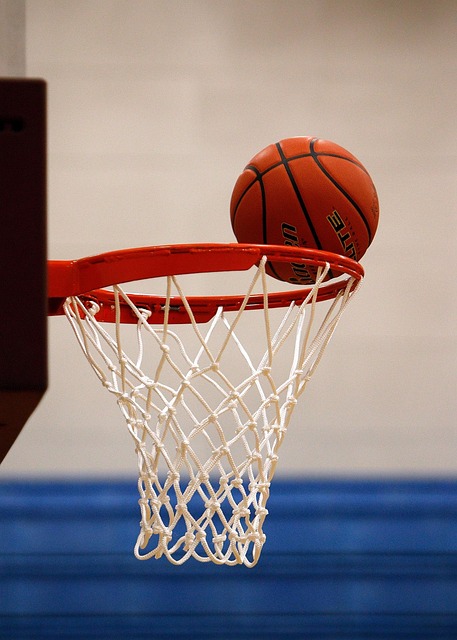The NCAA Women's Basketball Program utilizes a structured division system for fair competition and targeted recruitment, with regular season and tournament games providing diverse performance scenarios for player evaluation. Scouting is crucial, involving meticulous assessment of prospective players across various platforms to identify skills and potential, guiding strategic roster construction. Multi-faceted strategies include game footage analysis, statistical evaluation, on-court observation, and advanced analytics, complementing qualitative assessments like leadership skills and mental toughness. Networking among coaches and regular scouting meetings enhance the evaluation process for optimal team performance and tournament success in NCAA women's basketball.
Scouting plays a pivotal role in the success of NCAA women’s basketball programs, serving as a critical component in player development and team performance. This article delves into the intricate world of scouting within the NCAA women’s basketball ecosystem, exploring its foundational significance to the overall strategic landscape. From understanding the program’s unique dynamics to implementing effective scouting strategies, each section guides coaches and personnel through the essential practices that foster championship-caliber teams.
- Understanding the NCAA Women's Basketball Program: A Foundation for Scouting
- The Role of Scouting in Player Development and Team Success
- Effective Strategies for Scouting within the NCAA Women's Basketball Ecosystem
Understanding the NCAA Women's Basketball Program: A Foundation for Scouting

The NCAA Women’s Basketball Program serves as a robust foundation for scouting, providing a structured framework to evaluate and nurture talent. This program is designed to foster competitive play at the collegiate level, offering an excellent platform for players to showcase their skills and aspire to professional careers. Understanding the nuances of this structure is key for effective scouting.
The NCAA division system categorizes schools based on athletic budgets and resources, ensuring fair competition among institutions with similar capabilities. This classification allows for tailored recruitment strategies, where scouts can identify potential standouts within specific divisions. Moreover, the regular season and tournament formats provide ample opportunities to observe players’ performances under varying pressures, offering a comprehensive view of their abilities and potential.
The Role of Scouting in Player Development and Team Success

In the competitive landscape of NCAA women’s basketball, scouting plays a pivotal role in player development and team success. It involves a comprehensive analysis of prospective players’ skills, strengths, and potential contributions to the team. This process begins early, with scouts evaluating talent at various levels, from high school games to college showcases. By identifying and nurturing these talents, coaching staff can strategically build a roster that excels both on and off the court.
Scouting allows coaches to anticipate player needs and tailor training programs accordingly. It facilitates the discovery of unique skills, hidden gems, and areas for improvement, enabling targeted development plans. Moreover, effective scouting ensures that the team gains an edge over competitors by acquiring players who fit seamlessly into the existing roster dynamics. This not only enhances team cohesion but also maximizes performance potential, ultimately contributing to greater success in tournaments and beyond.
Effective Strategies for Scouting within the NCAA Women's Basketball Ecosystem

Scouting is a vital component of success in NCAA women’s basketball, as it provides valuable insights into player potential and team dynamics. Effective scouting strategies involve detailed analysis of game footage, statistical evaluation, and on-court observation. Coaches and recruiters should focus on identifying key performance indicators (KPIs) specific to the women’s game, such as defensive footwork, ball handling, and shooting mechanics. Advanced analytics can also help in gauging player efficiency and comparing players across different teams.
Beyond numbers, qualitative assessments are crucial. Evaluating players’ leadership skills, team fit, and mental toughness during practices and scrimmages offers a holistic view. Networking with coaches from other programs facilitates information exchange and allows for a broader perspective on prospective players. Engaging in regular scouting meetings to discuss observations and share insights ensures a comprehensive evaluation process tailored to the unique needs of the NCAA women’s basketball ecosystem.














